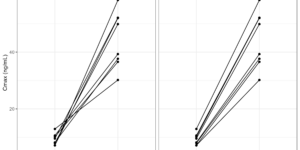From Animals to Algorithms: Leveraging PK/PD Models to Drive the 3R’s in Pharmacology
In the pursuit of ethical and efficient drug development, the scientific community continues to embrace the 3R’s principle — Replacement, Reduction, and Refinement — to minimize the use of animals in research. While this framework has guided preclinical study design for decades, the rise of pharmacometrics, particularly PK (pharmacokinetics) and PK/PD (pharmacokinetic/pharmacodynamic) modelling, has given new momentum to making the …













